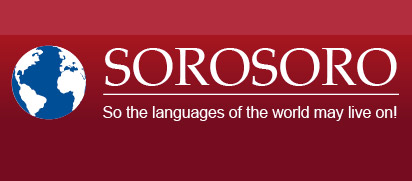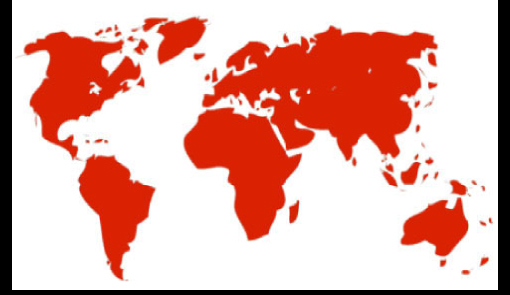Print  |
|


Tasawaq
Written by Sidibé Alimata Ouédraogo, lecturer and researcher at Abdou Moumouni University in Niamey.
Data on the Tasawaq language
Alternative names: Ingalci, Ingelshi.
Classification: Tasawaq can be seen as a variant of Northern Songhay, and is strongly influenced by the neighbouring Hausa and Tamazight languages.
Area: Niger, in the towns of Ingall and Teguidda-n-Tessoumt, near Agadez.
Number of speakers: approximately 8,000, according to the website Ethnologue.com. Official sources point to a figure in the range of 10,000, but that probably refers to the whole of the population living in the Ingall region, which includes Tuareg camps.
Status of the language: Tasawaq is an indigenous (or national) language; a status that means it must be promoted in various ways. The Nigerien authorities have stated that a law will in future determine how indigenous languages are to be promoted and developed. They have also said that indigenous languages will be the language of teaching in primary schools. The Department for the Teaching of National Languages was recently created within the Ministry of Basic Education and National Languages.
Vitality and transmission: The language is essentially spoken in two domains. It is passed down through families, but is rarely spoken when trading (when Hausa or Tamasheq are usually preferred). I believe the language is in danger, given that the opportunities to speak it is are becoming ever fewer – it is absent from public spaces, commercial activity (Hausa and Tamajaq dominate; at school teachers use Hausa outside of the classroom, in administration it is Hausa which dominates once more. Native speakers of Tasawaq are mostly bilingual (Tasawaq/Tamajaq) from an early age.
Historical and ethnographical observations
The historical origins of Tasawq are not yet clear. It is said that Tasawaq is an archaic form of Songhay, which evolved as a result of contact with Tamasheq and Hausa. Speakers of the language are known as Isawaghan, but don’t believe they belong to a Tuareg tribe, nor do they call themselves Songhay, even if Nigerien administrators consider them as such. All adults are bilingual in (Tamasheq/Tasawaq), while seasonal migrant workers and schoolchildren are sometimes trilngual (Hausa/Tamasheq/ Tasawaq).
Linguistic observations
Vocabulary is drawn from Songhay, Tamajaq and Arabic. We can see that numbers in Tasawaq from 1 to 5 are the same as in Songhay. Beyond that, up to 20 we can see a similarity with Arabic (sita, which is six), and 100 is temede (which comes from Tamajaq). Compound numbers come from Arabic, Tamajaq and Songhay (e.g. ashirin nda hinka, which is 22). As for technical terms, we can see that when denoting animals, Tasawaq uses Tamajag vocabulary to specify males or females, generally with a Songhay base. For example, there is yó (the Songhay word for male camel), térígàn (Tamajaq for she-camel), hàawì (Songhay for cow), and àmàka (Tamajag for bull). Religious terms in Tasawaq are similar to those in Arabic, but that is not peculiar to Tasawaq as such borrowings are common in other Nigerien languages. However, Tasawaq keeps the Arabic article, something that perhaps makes it different. For example, they use alqali (judge), and alliman (imam).
Bibliography
Nicolaï, R (1979). Le songhay septentrional (études phonématiques), première partie: les parlers du groupe nomade, bulletin de l’IFAN, tome 41, série B,n°1, 2, 3, 4, Dakar.
Alidou, O (1988). Esquisse grammaticale d’une langue dite “mixte”: le tasawaq d’ingall. Université de Niamey.
Sidibé, A (2010). “Procédés de pluralisation et marques du pluriel dans une langue dite « mixte » : le tasawaq d’Ingall”, Nordic Journal of African Studies 19(2) : 108–123.
Sidibé, A (2010). “Les extensions verbales dans le tasawaq”, Etudes Sahéliennes, n°4.
Links
Page devoted to Tasawaq on Ethnologue.com
Translated into English by Benjamin Dennis
Please do not hesitate to contact us should you have more information on this language: contact@sorosoro.org








